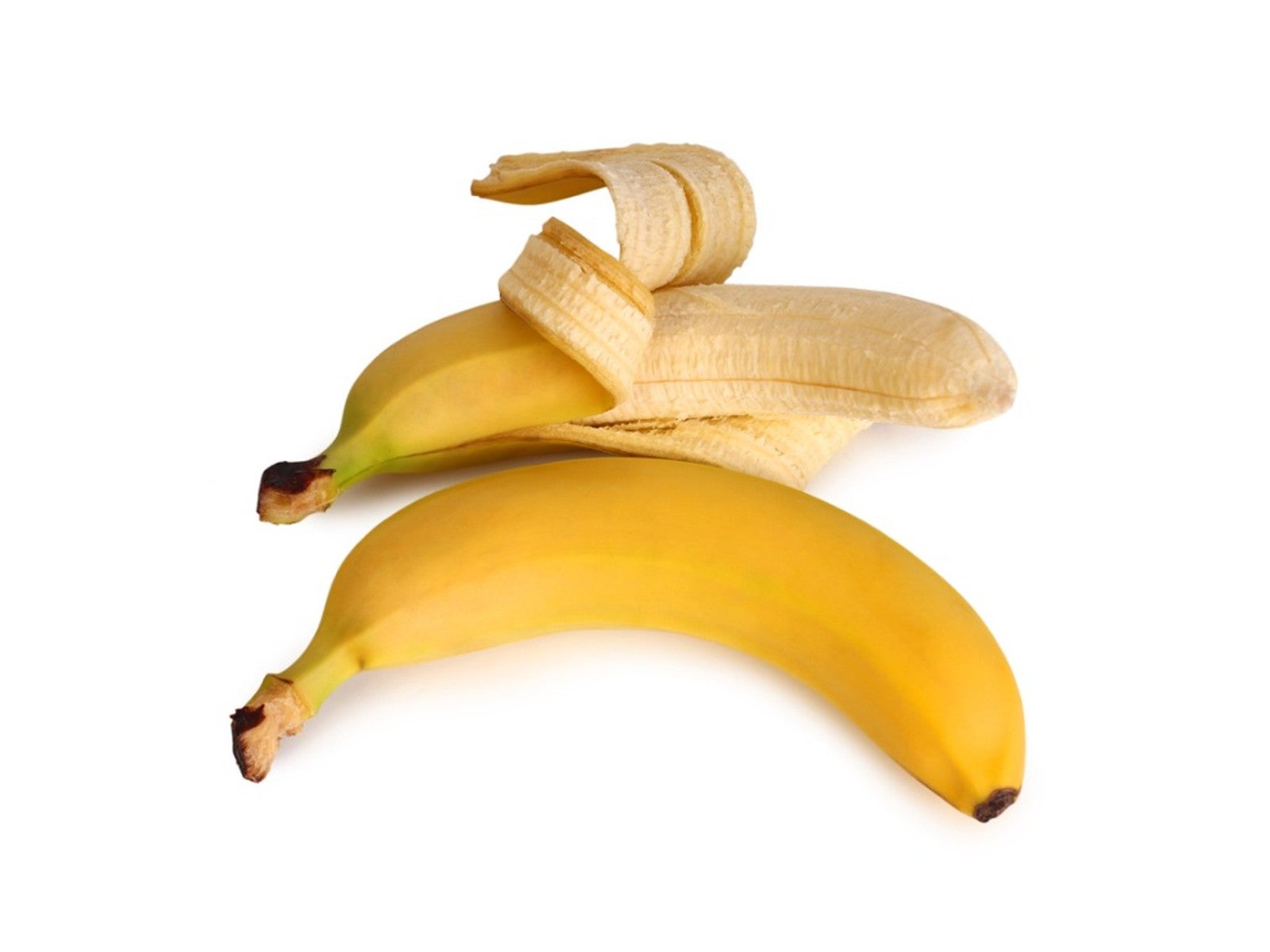Can You Eat Banana Peels? Edible Uses Of Banana Skin


Banana peels have been featured in slapstick comedy as part of pratfalls and silly physical skits. But in reality, these discarded parts of our food are actually very nutritious and have uses far beyond sketch comedy. As food prices jump higher and higher, and we make conscious decisions to prevent waste, the benefits of banana skin in our diet may become not only necessary but desired.
Are Banana Peels Edible?
Before modern sanitation techniques, refuse was simply discarded in the street. This included the banana peel. In the early 1900s the item was the scourge of big cities across North America and Europe. People claimed to have fallen and injured themselves, racking up considerable lawsuits and payouts. Street vendors sold bananas with the claim the peel was a sanitary wrapping. The popular snack resulted in discarded peels across cities. Revamped sanitation efforts soon cleaned the streets, but the peels still remained a waste item. But what else do you do with a banana peel? Can you eat banana peels? In fact, the answer is yes.
Benefits of Eating Banana Skin
Bananas are a sweet, convenient snack. They are also high in potassium and other dietary needs. Among banana peel benefits is its high content of fiber. It also has plenty of Vitamin A, B-6, antioxidant properties, and even a bit of protein. Some studies have shown the levels of tryptophan in the peel can help relieve depression, since tryptophan will convert to serotonin, which improves mood. The antioxidant level is comparative to that of a cup of blueberries and can help minimize risk of cancer. Banana peels are best from fully ripened bananas. They are fibrous and should be cooked to make them more palatable, or used in smoothies.
How to Use Banana Peels
Banana Skins in the Garden
There are mixed opinions on the efficacy, but banana peel use in the garden is a time honored tradition. Many gardeners claim that using the peels around their roses enhances overall health and bloom. This is probably due to the presence of potassium, calcium, iron, copper, and manganese, all important plant nutrients. As banana skins decompose, they provide a gradual release of these necessary nutrients and minerals. This is much like using a time release granular fertilizer that won’t burn roots as it slowly releases nutrients. Mulching or side dressing with banana peels may also enhance tomato production. And of course, putting banana skin in compost is a classic use, as is piling it and letting it break down to make a nutrient rich mixture for plants.
Banana Peel Flour
Banana flour is not yet widely available, but it has been studied extensively. In Asian countries, wheat products are widely used in noodle products. These noodles are often derelict in certain dietary needs, something which the use of banana flour can enhance. The peels are soaked in citric acid, drained, and then dried. Finally the peels are ground finely and mixed at different ratios with wheat flour. This is used in pastas, noodles, and baked goods.
Commercial Banana Peel Uses
Around 40 percent of a banana's weight is its skin. That is a lot of material to fill the landfills. Banana peel extract and banana peel powder have been used in such applications as ethanol production, wastewater treatment, soap production, in wine making, and even as a steel corrosion inhibitor. As trials and studies continue, it is hopeful these discarded skins can contribute to other technological and commercial endeavors.
Edible Uses of Banana Skin
There are many ways to consume banana peels in the home. Banana skins should always be washed thoroughly before consumption to remove pesticides and other chemicals. The edible banana peel is made more palatable by scraping off the slightly bitter and stringy white interior. Once that is done, the peel may be tossed into the blender with the rest of the smoothie ingredients.
Sign up for the Gardening Know How newsletter today and receive a free copy of our e-book "How to Grow Delicious Tomatoes".
Banana skins can be caramelized in sugar and water and used as a syrup. They can be baked, boiled, grilled, and made into vinegar. Peels are also an interesting meat replacement. Prepared skins marinated in soy sauce, lemon juice, paprika, and garlic powder magically transform into bacon strips when cooked in a frying pan. Shredded peels can be used as a meat substitute in stir fries and stews. By challenging ourselves to new recipes and different applications for banana peels, we can enhance our diets and minimize our kitchen waste.

Bonnie Grant is a professional landscaper with a Certification in Urban Gardening. She has been gardening and writing for 15 years. A former professional chef, she has a passion for edible landscaping.